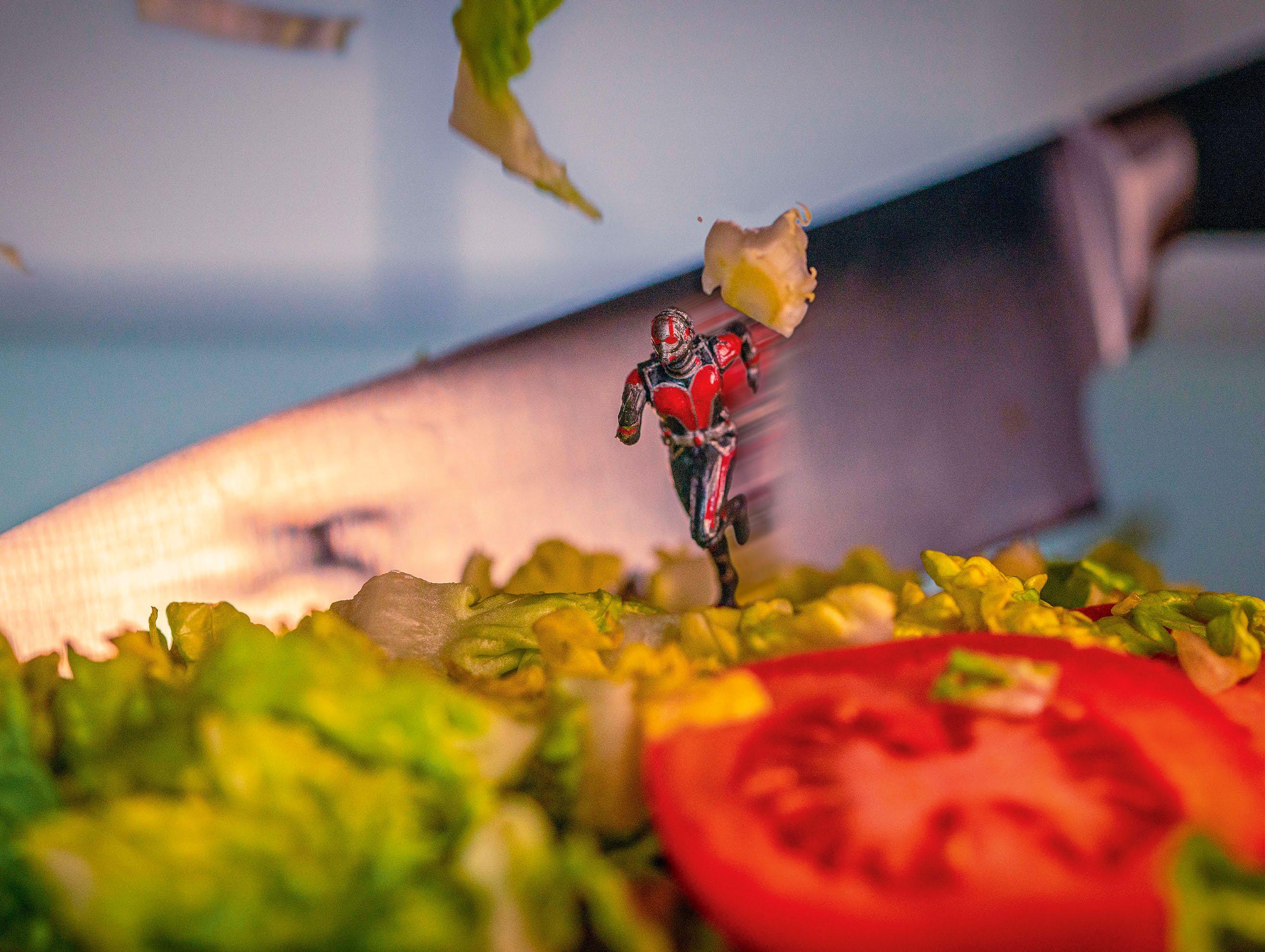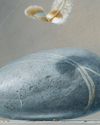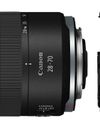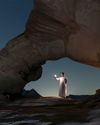
Whether you’re a parent or grandparent to young children – or simply a big kid yourself – it’s likely your home is littered with toys. But before you pack everything away after playtime, consider whether there are any photogenic subjects that could be used to create a faux cinematic film still.
Toy photography is a relatively niche genre, but even if it’s not something you choose to pursue, it’s a great way to practise close-up photography, experiment with artificial LED lighting and finesse your skills with a macro lens.
Once you’ve chosen your subject, you can use it to inform the scene you’re going to create. We used a small figurine of Marvel superhero Ant-Man, which presented endless opportunities around the house, because the character can shrink down to almost any size and lives within the real world. However, if you simply want to copy our setup but don’t have the same toy, you could use a similarly-sized plastic action figure or Lego mini figure instead.
Our concept was to have Ant-Man running away from a knife chopping lettuce. The falling lettuce leaves were created by shooting multiple identical compositions via an interval timer, while physically dropping chunks of lettuce into the frame.
We carefully went through all our shots and chose the best frames to merge together in post-production when we were back at our computer, and used Layer Masks in Photoshop CC to finish off our composite.
This story is from the June 2023 edition of PhotoPlus : The Canon Magazine.
Start your 7-day Magzter GOLD free trial to access thousands of curated premium stories, and 9,000+ magazines and newspapers.
Already a subscriber ? Sign In
This story is from the June 2023 edition of PhotoPlus : The Canon Magazine.
Start your 7-day Magzter GOLD free trial to access thousands of curated premium stories, and 9,000+ magazines and newspapers.
Already a subscriber? Sign In

The Art of Copying Art - James Paterson shows you how to use your Canon gear to capture artwork and paintings the right way with simple camera and lighting skills
Whether you want to capture a painting like the above, digitise old prints or reproduce any kind of canvas, there's real skill in capturing artwork with your camera. Not only do you need the colours to be accurate, you also need to master the spread, angle and quality of the light to minimise glare and show the work at its best.This painting by the artist Bryan Hanlon has a wonderfully subtle colour palette. To reproduce the painting in print and digital form, it needs to be captured in the right way.

Fright night
Canon photographer and digital artist Alexander loves to craft incredible fantasy scenes with a spooky horror twist

Sharpen your shots with DPP
Sharpening a digital image also increases contrast at the edge of details

CANON ImagePrograf PRO-1100
Deeper blacks, better bronzing, greater lifespan and 5G Wi-Fi -Canon's new printer is full of new tech, says

Canon's new 'kit lens' is actually a half-price f/2.8 trinity lens!
The Canon RF 28-70mm F2.8 IS STM lacks a red ring, but borrows premium features from its L-series siblings

DREW GIBSON
Pro motorsports photographer Drew on why he hasn't (yet) switched to Canon's mirrorless system, why old-school techniques can be the most reliable, and the lessons learned from more than a decade shooting the world's biggest car brands

Up in smoke
Make a smoky shape in Affinity Photo and get to grips with the amazing Liquify Persona under the guidance of James Paterson

Expand your creativity with Generative Fill
Photoshop's Al-powered feature brings revolutionary new tools to image editing. James Paterson reveals all...

Turn your images into vintage postcards
Wish you were here? Sean McCormack explains how you can give your summer photographs a vintage postcard look

The Angel Malibu
Light painting an American movie producer in the Wadi Rum Desert in Jordan was a highly unlikely evening out for David!